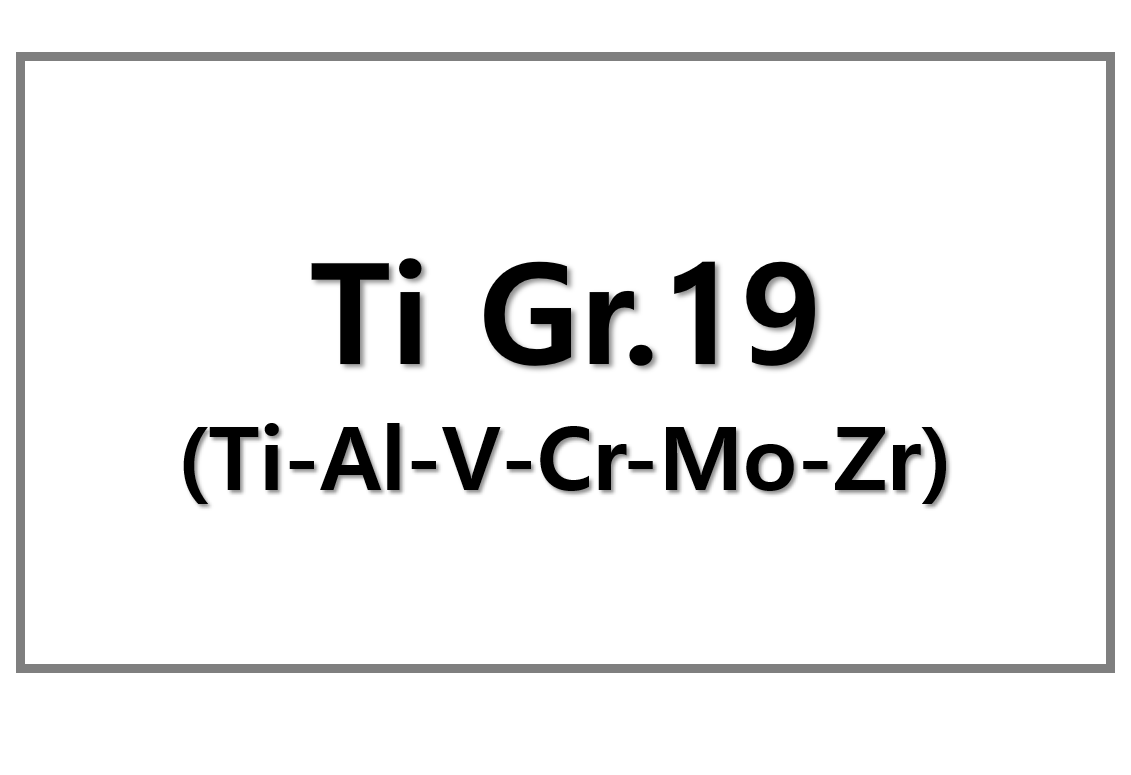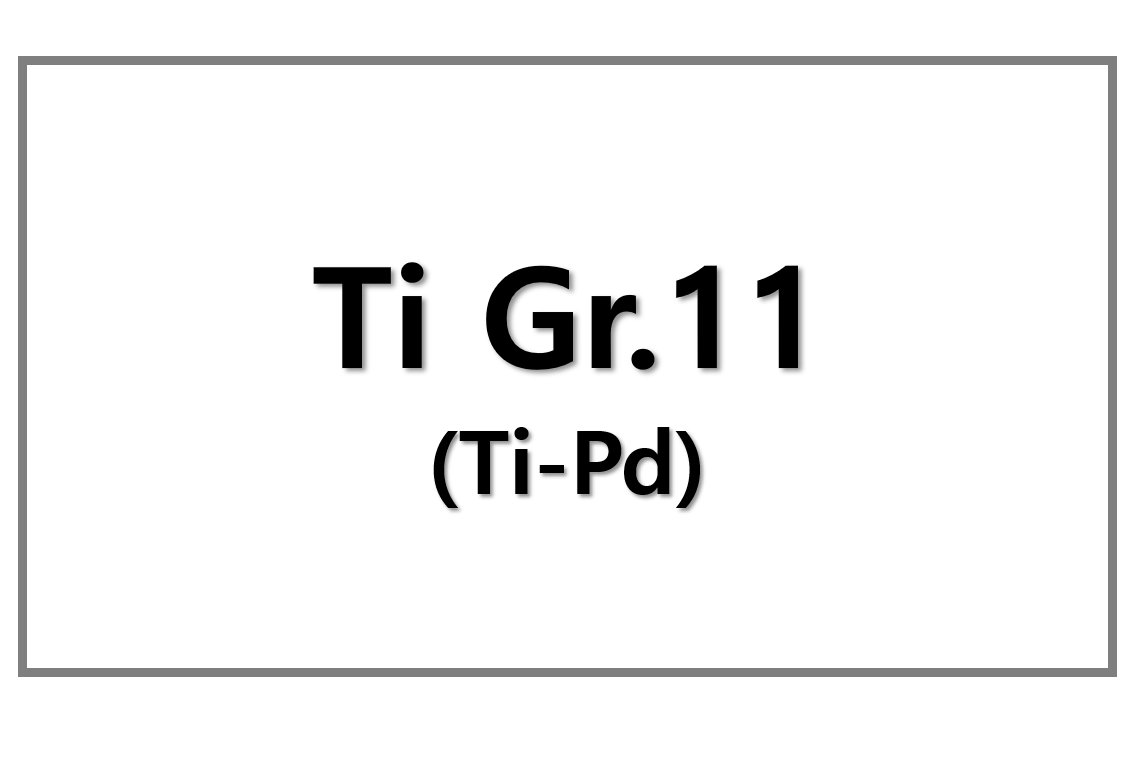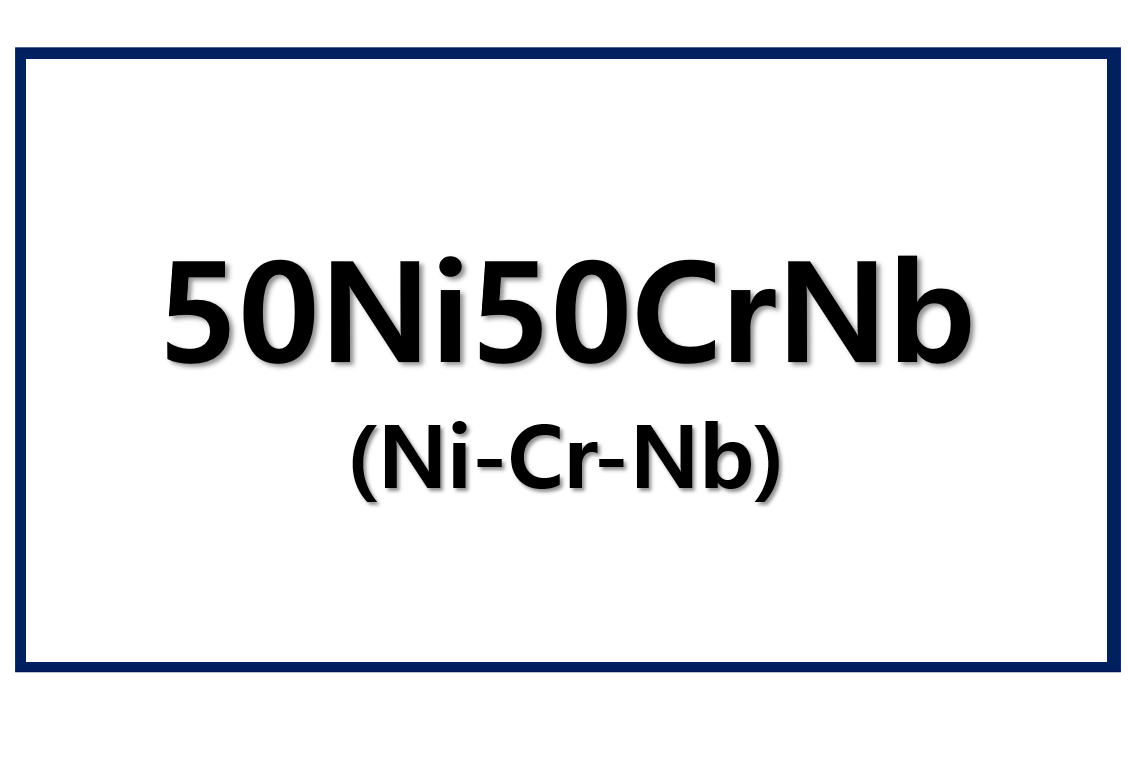
Consolidation and Quotas Reshape China’s Rare Earth Sector
China has significantly tightened its grip over the rare earth sector, reshaping global supply chains and geopolitical dynamics. Through aggressive consolidation and stricter quotas, Beijing has moved from a fragmented market to near-total control. Today, just two state-owned firms—China Rare Earth Group and China Northern Rare Earth Group High-Tech—dominate the country’s mining and refining operations.
The shift began over a decade ago when illegal mining and rampant smuggling undermined Beijing’s policy efforts. In 2014, smuggled rare earth oxide volumes reached an estimated 40,000 metric tons—well above official exports. The crackdown curbed environmental damage and brought unregulated players under control. While upstream operations have consolidated, the magnet-making sector remains fragmented, with dozens of producers like JL Mag Rare-Earth and Ningbo Yunsheng still operating independently.
However, the Chinese government introduced a mandatory tracking system in June 2025 for rare earth magnet producers. This new regulation requires firms to report transaction volumes and customer data, signaling China’s aim to monitor the entire rare earth supply chain from mine to finished magnet.
Rare Earth Export Controls Now a Diplomatic Lever
China’s quota system plays a central role in managing supply and exerting global influence. Introduced in 2006, the system governs mining, smelting, and separation, and its changes directly impact global rare earth availability. In 2024, Beijing limited quota eligibility to only two state-owned giants—down from six in previous years.
More importantly, China slowed supply growth dramatically. The 2024 total mining output quota increased by just 5.9%, compared to a 21.4% jump in 2023. Analysts expect only modest gains, if any, in 2025. These constraints come amid growing global demand for rare earths in EVs, wind turbines, and defense systems.
Additionally, China restricts exports of rare earth processing technology. While bans on separation and extraction tools have long existed, China expanded the restrictions in late 2023 to include technology for manufacturing rare earth magnets, a crucial input in electric motors and high-performance applications.
SuperMetalPrice Commentary:
China’s strategic tightening of its rare earth sector reveals a broader ambition: to weaponize critical materials for global leverage. With the sector now streamlined under state control and backed by quotas and export restrictions, Beijing holds a dominant position that deeply affects industries worldwide. As automakers and high-tech manufacturers scramble for alternatives, China’s policies underscore the urgency for rare earth diversification. For now, global markets must brace for recurring supply shocks, price volatility, and rising geopolitical risk in this vital resource sector.











Leave a Reply
You must be logged in to post a comment.